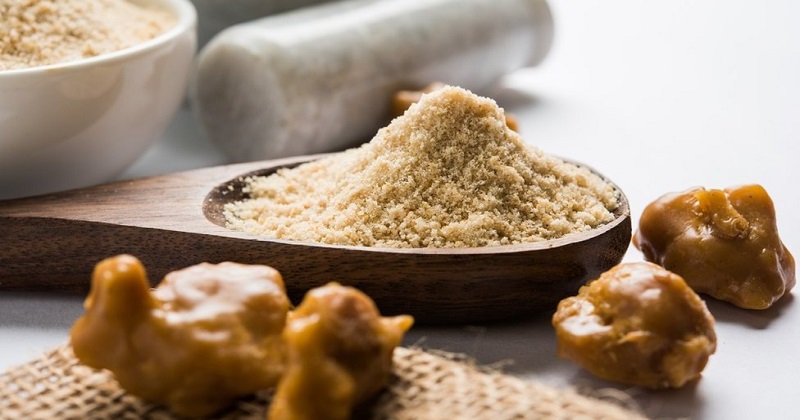
In India, we have three main seasons and three secondary seasons: Gresham, Varsha, Shishir Sharad, Hemant, and Vasant. To keep the body and mind healthy, we must adapt to the changing seasons. The body already adapts to climate changes, but food consumption is critical. Many traditional Indian spices have proved beneficial to the body’s wellness. During the period of sages and rishis, these spices were added to cuisine. Asafoetida is one of them, and it is referenced and detailed in ancient books such as the Ashtangahridayam and the Charakasamhita.
Asafoetida (Hing) contains anti-viral and anti-inflammatory characteristics that have a good impact on health. Asafoetida is thought to have come to India from Iran, Afghanistan, and Uzbekistan. There isn’t enough information about when it happened. However, international boundaries were not the same as they are now, and India was substantially bigger. Afghanistan was formerly a part of India.
The asafoetida plant is one and a half to two and a half meters tall has a pungent odor and belongs to the carrot and radish plant family. In order to extract the resin or gum, incisions are made in the stem and root. The flavor of raw asafoetida is similar to that of garlic, however the fragrance changes after drying. For many years, Asafoetida has been grown in portions of Kashmir, Ladakh, and Punjab in India.
It may surprise you to learn that India consumes 40% of the world’s asafoetida production. According to the Council for Scientific and Industrial Research (CSIR), India imports more than 1200 tonnes of asafoetida each year, at a cost of more than Rs 600 crores.
Pure asafoetida can only be obtained from a reputable wholesale/retail shopkeeper. Asafoetida is commonly sold mixed with gum or flour. Sellers claim that by doing so, asafoetida becomes ‘eatable,’ despite the fact that its pure form is difficult to stomach. According to Shivam Gupta, dealer at Khari Baoli, one of the country’s major grocery and wholesale spice marketplaces, diamond asafoetida from Iran costs Rs 20,000 per kg, while asafetida seeds from Afghanistan cost Rs 30,000 per kg. This is 100 percent asafoetida.
The selling price of asafoetida in the market ranges from Rs 200 to 400 per 100 grammes. The price of 25 grammes of Patanjali asafoetida is Rs 50. According to the ancient writings Charakasamhita and Ashtangahridayam, asafoetida heals Vata and Kapha in the body.

Post Your Comments